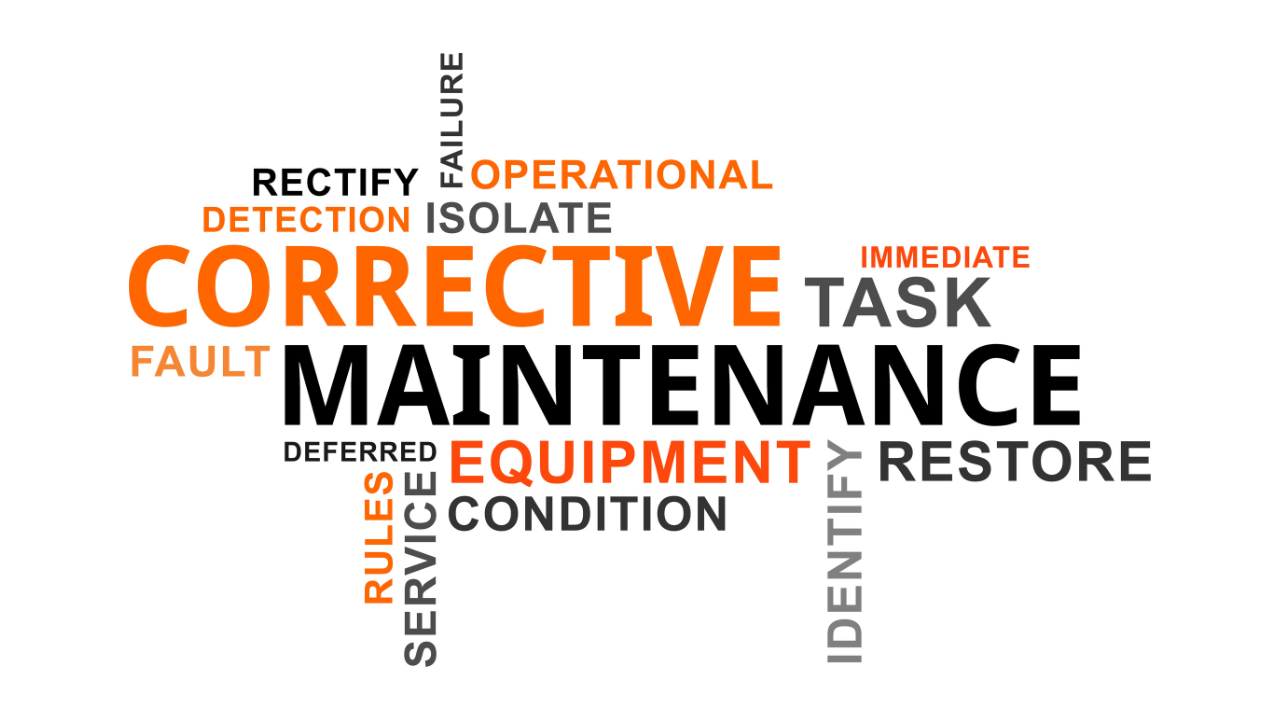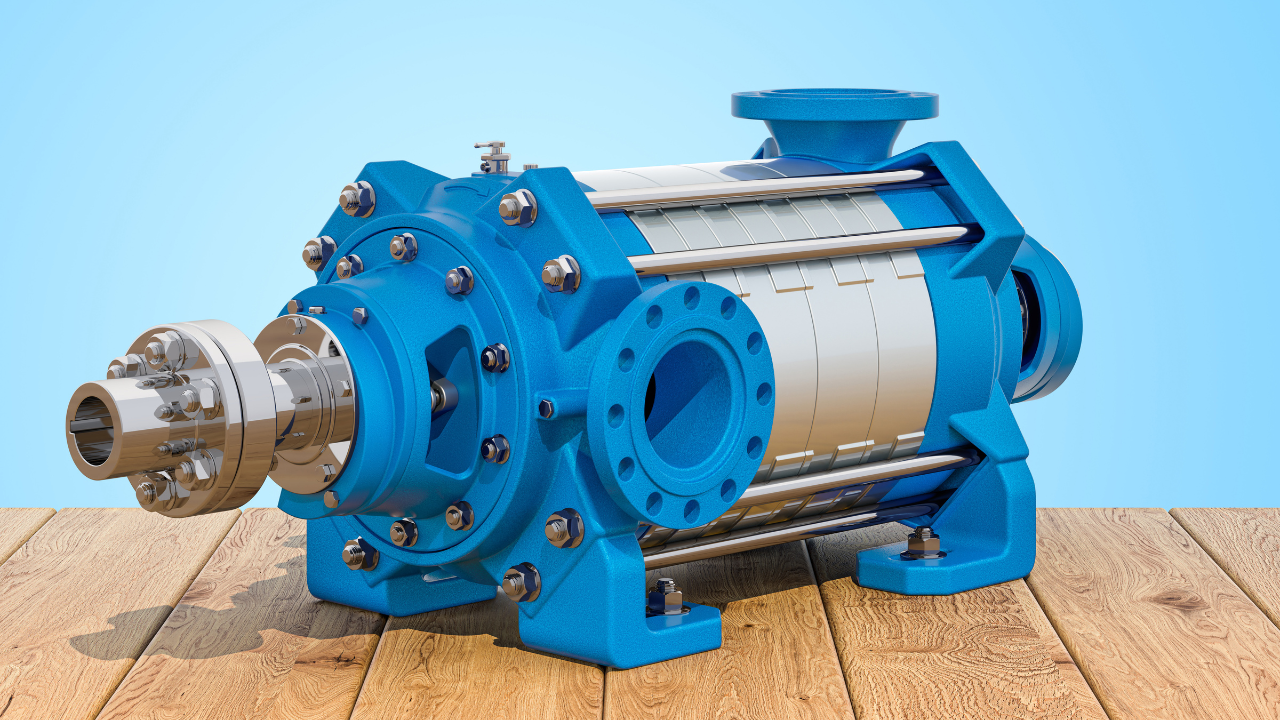Keys for Effective Troubleshooting
Warren Rhude
Equipment can malfunction for a variety of reasons. Mechanical contacts and parts can wear out; wires can overheat and burn open or short out; parts can be damaged by impact or abrasion; etc. Equipment may operate in a manner far different than it was designed to, or not at all. Troubleshooting can be key to improving uptime and equipment reliability.
Typically, when equipment fails there is a sense of urgency to get it fixed and working again. If the defective equipment is part of an assembly line, the whole assembly line could be down causing unexpected “time off” and lost revenue. If you are at a customer site to repair equipment, the customer may watch you, knowing that they are paying for every minute you spend troubleshooting and repairing their equipment. Either one of these scenarios – and there are more, can put a lot of pressure on you to solve the problem quickly.
So what is troubleshooting?
It is the process of analyzing the behavior or operation of a faulty circuit to determine what is wrong with the circuit. It then involves identifying the defective component(s) and repairing the circuit.
Depending on the type of equipment, troubleshooting can be a very challenging task. Sometimes problems are easily diagnosed and the problem component easily visible. Other times the symptoms as well as the faulty component can be difficult to diagnose. A defective relay with visual signs of burning should be easy to spot, whereas an intermittent problem caused by a high resistance connection can be much more difficult to find.
What makes an expert Troubleshooter?
One trait of expert troubleshooters is that they are able to find virtually any fault in a reasonable amount of time. Easy faults, complicated faults, they find them all. Another trait is that they typically replace only the components that are defective. They seem to have a knack for finding out exactly what is wrong. No trial and error here. So what is their secret?
You might think that a person who has a very good understanding of how the equipment works, should be able to troubleshoot it effectively. Being a good at troubleshooting requires more than this.
Expert troubleshooters have a good understanding of the operation of electrical components that are used in circuits they are familiar with, and even ones they are not. They use a system or approach that allows them to logically and systematically analyze a circuit and determine exactly what is wrong. They also understand and effectively use tools such as prints, diagrams and test instruments to identify defective components. Finally, they have had the opportunity to develop and refine their troubleshooting skills.
If you want to troubleshoot like the pros you will need to develop your skills in each of these areas. Let’s look at them in more detail.
- Understand how the circuit works. This consists of understanding the operation of all the components that are used in the circuit. This could include such components as: push buttons, contractors, various types of switches, relays, sensors, motors, etc.Electrical circuits typically control or operate mechanical systems and components. You also need to understand how these mechanical aspects of the equipment operate to carry out the work.You need to be able to determine how the circuit works under normal conditions and what effect changing one of the circuit inputs has on the circuit operation. For example, what happens to the overall circuit operation when a push button is pressed; which relays energize, which lights illuminate, does the pump start or stop, etc. You also need to be able to determine what effect a faulty component may have on the circuit operation.
- Use a logical, systematic approach to analyze the circuit’s behavior. This is critical. There are several approaches that troubleshooters use. They may have different steps or processes but they have the following in common: They all approach problems systematically and logically thus minimizing the steps and ruling out trial and error. One such approach used to teach troubleshooting is called the “5 Step Approach”. A summary of the key steps are:
- Observe Most faults provide clues as to their cause. There could be visual clues such as signs of damage or improper operation. Don’t forget to use your other senses; sounds and smells can also provide valuable clues. Through careful observation and a some reasoning, most faults can be identified to the actual component with very little testing.
- Define Problem Area At this stage you apply logic and reasoning to your observations to determine the problem area of the malfunctioning equipment.
- Identify Possible Causes Once you have the problem area(s) defined it is necessary to identify all the possible causes of the malfunction.
- Determine Most Probable Cause Once the list of possible causes has been made it is necessary to prioritize the items as to the possibility of them being the actual cause of the malfunction.
- Test and Repair Once you have determined the most probable cause, you must test it to prove it to be the problem or not.
- Understand how to use tools such as prints, diagrams and test instruments to identify defective components. Let’s first look at prints and diagrams. Some of the key things you should be able to determine from these are:
- how the circuit should operate
- what kind of features the circuit has
- what voltages you should expect at various points on the circuit
- where components are physically located
- how the components are actually wired together
Various types of test instruments are available for testing electrical circuits. The ones you choose depend on the type of circuit and its components. A common test instrument which is invaluable to a troubleshooter is a Multimeter. It is capable of measuring voltage and resistance with some meters capable of other measurements such as current and capacitance.
You must be able to determine what type of test instrument to use, when and where to use it, and how to safely take readings with it.
- Practice! Troubleshooting, like any skill, requires practice to become proficient. Practice can be difficult to get. Depending on your job, you may not have the opportunity for enough troubleshooting practice. And even if you do, your employer may not want you to practice troubleshooting on equipment they depend on. Until you become reasonably competent, it is best to practice troubleshooting in a controlled environment. One option is to build or purchase equipment that can be used for troubleshooting. This equipment is designed with the ability to apply faults to it. Here you can practice your skills in a very realistic environment without affecting equipment in use.Another option which is gaining more popularity is the use of computer simulations. These simulations can be extremely realistic and allow you to practice your troubleshooting skills in a safe environment. Some other advantages are portability, cost effectiveness, and can be used in almost any location. Some even include an assessment function that assesses the user’s troubleshooting skill, provides feedback, and records their troubleshooting processes.
Review your own skills in each of these areas. Improving any one of them, along with a good dose of practice, will improve your troubleshooting skills.
Related Articles

Corrective Maintenance Task Generation

Availability in a Supply Constrained Environment is the #1 Issue for Refinery Executives

Weibull Point Process Applied to Repairable Subsystems

Energy Savings Through Pump Refurbishment and Coatings

Causes of Overheating in Cartridge Mechanical Seals





